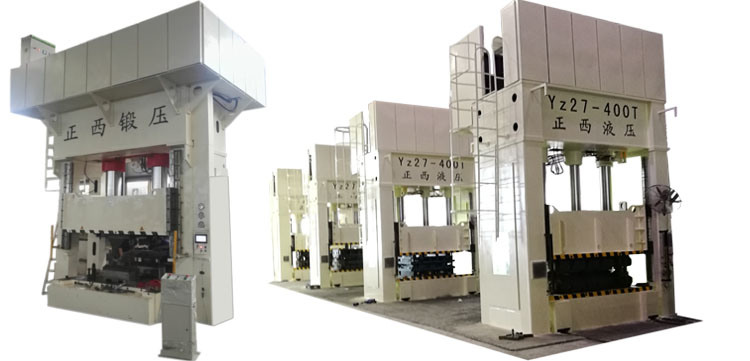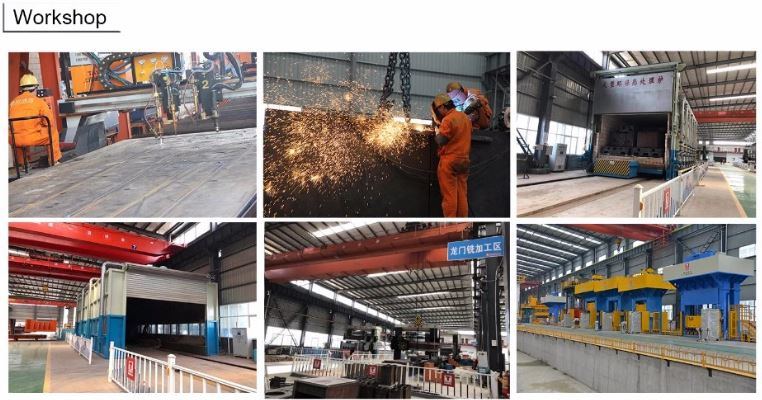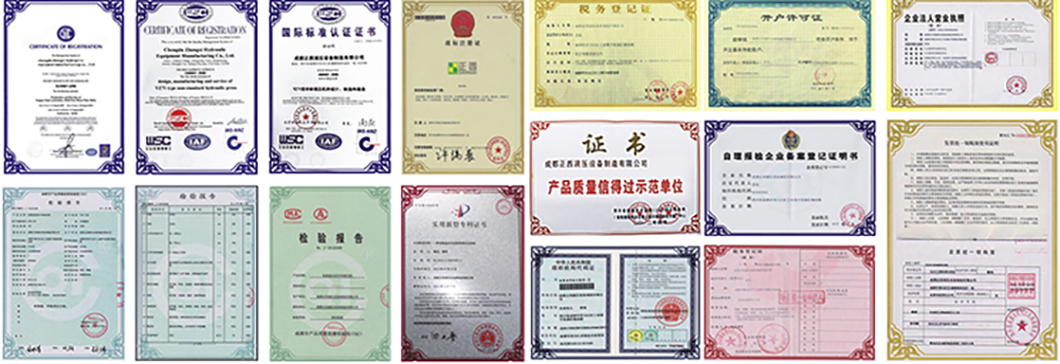

Creating a stainless steel product from scratch is a complex process that combines engineering, technology, and precision. While millions of people use stainless steel products daily, few understand the detailed steps involved in their production. This manufacturing process showcases the advancements in material science and industrial engineering since the Industrial Revolution. Here are six key stages in the production of a stainless steel product:
1) Material Handling
Uncoiler – A machine used at the start of the production line to hold and unwind steel coils. It controls the speed and direction of the metal strip as it moves into the processing line for operations like slitting or tube mill entry.
2) Forming
Deep Drawing Press – In this stage, semi-finished steel shapes undergo forming processes. For example, stainless steel is hot rolled, then transformed into bars, wires, plates, or sheets. Bars are particularly versatile due to their availability in various grades and sizes, suitable for different applications such as round, square, octagonal, or hexagonal forms.
3) Heat Treatment
Annealing Furnaces – This step involves controlled heating and cooling of the stainless steel to relieve internal stresses and improve its workability. The conditions must be precisely managed, as even minor variations can affect the final product quality.
4) Descaling
Pickling – During annealing, scale forms on the surface of the steel. Pickling is a common method used to remove this scale using chemical solutions, ensuring a clean surface for further processing.
5) Cutting and Punching
In this phase, the heat-treated and descaled stainless steel is cut into specific shapes. Mechanical tools such as guillotine knives, blanking, and high-speed blades are used to shape the material, and features like tap holes and overflow openings are created.
6) Finishing and Polishing
Polishing Machine – This final step enhances the appearance of the stainless steel product and ensures it is smooth and easy to clean, which is essential for sanitary applications. Polishing also improves durability and aesthetics.
Hydraulic Press 4 Column Hydraulic Sheet Metal Deep Drawing
Features
1. Uses hydrostatic pressure to process materials like metal, plastic, rubber, wood, and powder.
2. Widely used in forging, stamping, cold extrusion, bending, flanging, sheet metal deep drawing, and more.
3. Offers technical and economic advantages by reducing weight, part count, mold usage, and production costs while improving strength and stiffness.
SPECS of Yz33
| Model | Unit | Yz33-25T | Yz33-50T | Yz33-63T | Yz33-100T | Yz33-160T | Yz33-250T | |
| Clamping Force | KN | 250 | 500 | 630 | 1000 | 1600 | 2500 | |
| Working Layer | Qty | 2~4 | 2~4 | 2~4 | 2~4 | 2~4 | 2~4 | |
| Piston Stroke | mm | 180 | 250 | 250 | 250/250 | 250/250 | 500 | |
| Heating Platen Daylight | mm | 90 | 125 | 125 | 125 | 125 | 125 | |
| Heating Platen Size | Left-right | mm | 350 | 400 | 500 | 600 | 750 | 900 |
| Front-back | mm | 350 | 400 | 500 | 600 | 850 | 900 | |
| Heating Plate Power | KW | 1.5 | 2.2 | 3 | 7.5 | 11 | 15 | |
| Motor Power | KW | 7.2 | 9 | 10.8 | 33.75 | 45 | 45 | |



Certificate
Self-Tapping Screws,Self Drilling Screws,Self Tapping Bolts,Self Drilling Metal Screws
Suzhou Chenran Precision Fasteners Co., Ltd. , https://www.chenranfastener.com
